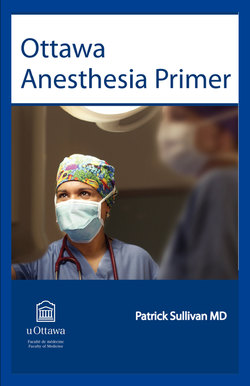Читать книгу Ottawa Anesthesia Primer - Patrick Sullivan - Страница 65
На сайте Литреса книга снята с продажи.
BONES:
ОглавлениеClinical Pearl: Difficult BMV: Remember the mnemonic “BONES”
Beard: A seal between the mask and the patient’s face is essential for effective BMV. Assuming the facemask is positioned properly, the most common reason for an incomplete mask seal is the presence of a beard. Less commonly, trauma, secretions, or facial abnormalities prevent an effective seal. If a seal cannot be created, positive pressure will result in oxygen leaking between the patient’s face and mask, and ventilation attempts will be ineffective.
Obesity: Obesity is associated with redundant oropharyngeal tissue. This may result in upper airway obstruction and difficulty with BMV in the unconscious patient.
No Teeth: Teeth provide a framework by creating a space between the tongue and palate. Without teeth, the tongue collapses against the palate when the mouth is closed, resulting in obstruction of oxygen flow with BMV. The use of an oropharyngeal airway, nasopharyngeal airway, or the patient’s dentures may be useful for BMV in the edentulous patient.
Elderly: Increased difficulty with BMV has been observed in patients > 55 years of age. This is thought to be due to a generalized decrease in the elasticity of the tissues and an increased incidence in obstructive and restrictive pulmonary disease.
Snoring & Stiffness: Snoring is a symptom of upper airway obstruction and is associated with obstructive sleep apnea (OSA) as well as difficulties with BMV. Diseases that reduce lung compliance (asthma, pulmonary edema, and fibrosis) are also associated with difficult BMV.
